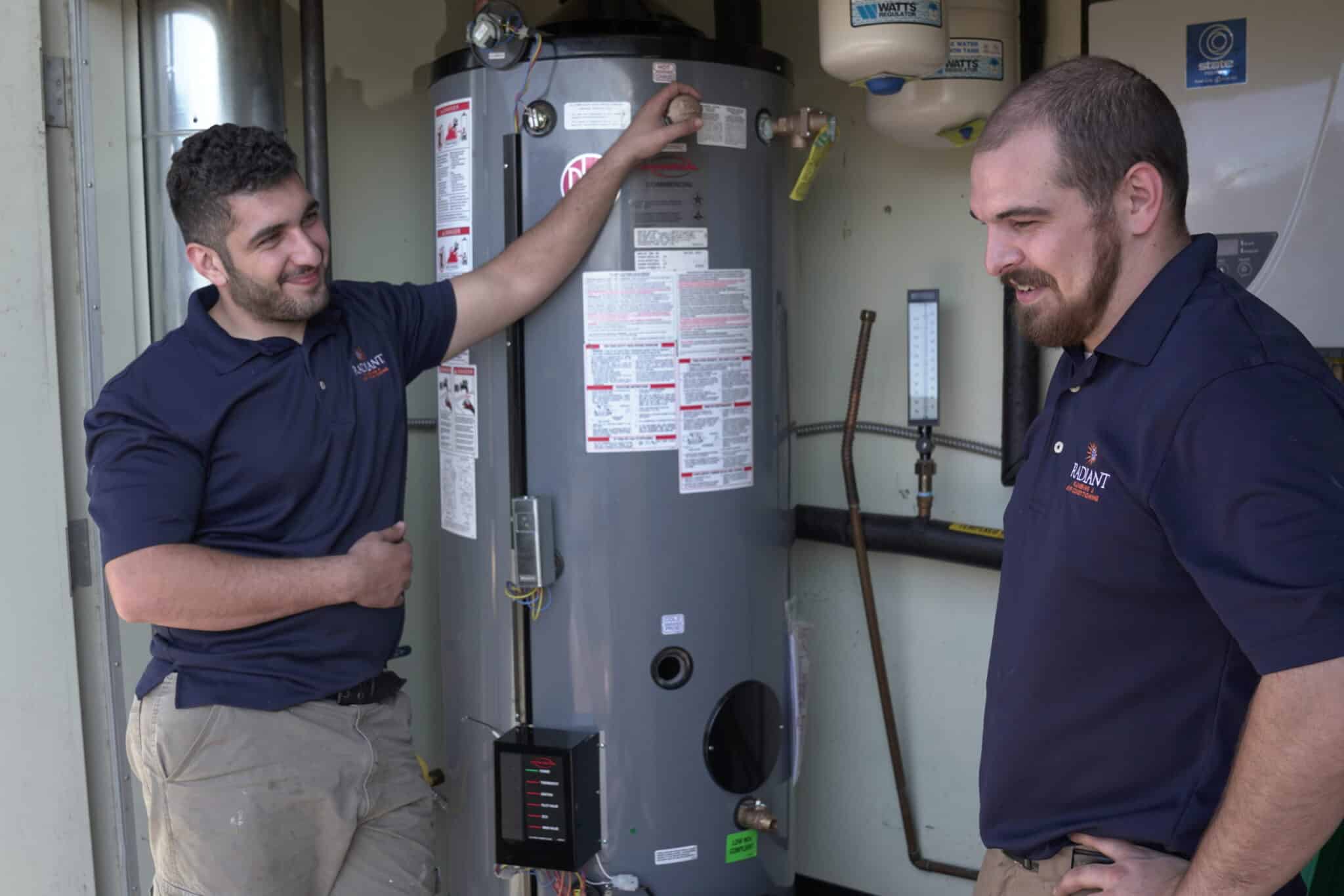What are your concepts about What Kind of Maintenance Do Water Heaters Need??

Hot water is important for day-to-day comfort, whether it's for a rejuvenating shower or cleaning dishes. To guarantee your warm water system runs efficiently and lasts much longer, normal upkeep is essential. This article provides functional pointers and insights on how to maintain your home's warm water system to stay clear of disruptions and pricey repairs.
Intro
Keeping your home's warm water system might seem complicated, however with a couple of basic actions, you can ensure it runs efficiently for years to find. This overview covers whatever from comprehending your warm water system to DIY maintenance pointers and understanding when to employ professional assistance.
Importance of Keeping Your Hot Water System
Normal maintenance not just expands the lifespan of your warm water system yet additionally ensures it operates successfully. Overlooking maintenance can cause lowered effectiveness, greater power costs, and even premature failure of the system.
Signs Your Warm Water System Needs Upkeep
Understanding when your hot water system requires focus can avoid major problems. Watch out for indications such as inconsistent water temperature, odd noises from the heating system, or corroded water.
Understanding Your Warm Water System
Prior to diving right into upkeep tasks, it's handy to comprehend the standard elements of your hot water system. Generally, this includes the water heater itself, pipelines, anode rods, and temperature level controls.
Regular Monthly Upkeep Tasks
Routine month-to-month checks can assist capture minor issues before they escalate.
Purging the Water Heater
Flushing your water heater gets rid of sediment accumulation, improving performance and lengthening its life.
Monitoring and Changing Anode Rods
Anode poles avoid deterioration inside the tank. Inspecting and changing them when broken is essential.
Inspecting and Readjusting Temperature Level Settings
Changing the temperature setups guarantees ideal efficiency and safety.
DIY Tips for Upkeep
You can do a number of upkeep tasks yourself to maintain your warm water system in top condition.
Checking for Leaks
Consistently check pipes and connections for leakages, as these can bring about water damage and greater costs.
Checking Stress Relief Valves
Examining the pressure relief valve guarantees it operates correctly and stops too much stress build-up.
Shielding Pipes
Shielding warm water pipelines minimizes warm loss and can save energy.
When to Call an Expert
While DIY upkeep is helpful, some concerns need expert proficiency.
Complex Concerns Needing Expert Help
Instances include major leakages, electric problems, or if your water heater is regularly underperforming.
Regular Specialist Maintenance Benefits
Specialist maintenance can include thorough examinations, tune-ups, and making sure compliance with security standards.
Conclusion
Normal upkeep of your home's hot water system is crucial for effectiveness, longevity, and expense savings. By complying with these tips and recognizing when to seek specialist help, you can make certain a trustworthy supply of hot water without unforeseen disruptions.
How to Maintain an Instant Hot Water Heater
Before tinkering with your hot water heater, make sure that it’s not powered on. You also have to turn off the main circuit breaker and shut off the main gas line to prevent accidents. Also turn off the water valves connected to your unit to prevent water from flowing into and out of the appliance. 2. When you’re done, you have to detach the purge valves’ caps. These look like the letter “T†and are situated on either side of the water valves. Doing so will release any pressure that has accumulated inside the valves while at the same time avoid hot water from shooting out and burning your skin. 3. When the purge valves’ caps are removed, you have to connect your hosing lines to the valves. Your unit should have come with three hoses but if it didn’t, you can purchase these things from any hardware or home repair shops. You can also get them from retail stores that sell water heating systems. Read the user’s manual and follow it to complete this task properly. When the hosing lines are connected, open the purge port’s valves. 4. You should never use harsh chemical cleaners or solutions when cleaning your unit. Make use of white vinegar instead. It should be undiluted and you’ll probably use about 2 gallons. 5. Now flush your water heater. This task should probably take about 40 minutes. We can’t give you specific directions for this because the procedure is carried out depending on the type, model and brand of your heater. With that being said, refer to the user’s manual. 6. When you’re done draining the unit, you have to turn off the purge port valves again. Remove the hosing lines that you earlier installed on each of the water valves. Put the valve caps (purge port) back in their respective places and be very careful so as not to damage the rubber discs that are found inside these caps. 7. Now that everything’s back in place, check your user’s manual again to find out how to reactivate your water heating system. 8. Once it is working, turn one of your hot water faucets on just to let air pass through the heater’s water supply pipes. Leave the tap on until water flows smoothly out of it. https://www.orrplumbing.com/blog/2014/september/how-to-maintain-an-instant-hot-water-heater/

As a fervent person who reads on Tips For Maintaining Your Hot Water Heater, I was thinking sharing that excerpt was a good idea. Liked our blog posting? Please share it. Let others check it out. I am grateful for your time. Please check up our site back soon.
Book Service